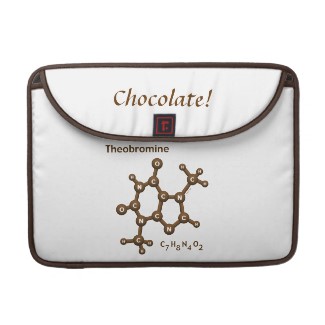Sometimes when we talk about parenting, we focus on the early years. But kids grow, and in order to be a good parent, we need to cover different topics.
When my daughter was 12 and starting to have boys attracted to her, we talked about the three types of boys/men. [I know this list isn't complete, but I was proving a point to a 12 year old with PDD-NOS -- I deliberately left out some fine points.] They are:
- Jerks, the boys who think girls are impressed with rude silly behavior and tease mercilessly. Ocelot had a hard time dealing with these boys, as she’s sensitive to teasing and also tended to lash out at them, getting herself in trouble.
- Clueless, who want to do the right thing but don’t know how. These boys often act like jerks, but apologize when they see you don’t like that, and attempt to change, with greater or lesser success;
- Nice Boys, who do get it right. At 12, these boys are very scarce, but as they grow up, jerks and clueless might evolve into nice guys. And Ocelot is seeing that as she grows up … at 14, she is finding more Nice Boys, who occasionally revert back to jerk-hood on occasion.
The act of being able to categorize the boys helped Ocelot understand them. We also talked about how the Jerks acted the way they did because they liked her, and how most Clueless boys were learning how to be nice, but needed polite feedback to learn. [So don't rip their heads off when they mess up.]
These categories persist into adulthood, though there are far more Nice Men and fewer Jerks — though there always will be a few.
Gender Equality Note: I’m sure a similar categorization could be made for women and girls … but since I came up with this when I had to explain boys to a 12 year old girl, I didn’t explore the other side.






Amazing blog! So glad the 2-E newsletter mentioned you! I will be reading ALL your archives as I have time. I have three aspie kids, and suspect I am aspie, too (the characteristics are strong on my side of the family!)
Here’s my problem- my aspie daughter (10) is so rigid in her thinking that once she categorizes someone (or something), it is impossible to get her to change that categorization, no matter what evidence subsequently contradicts her initial view. I would have more hope that she will learn to flex her thinking with experience, but my 20 yr. old aspie son is just the same, and hasn’t changed his approach in all these years. Any suggestions for getting an aspie to “give someone a chance” after they have initially decided they are a jerk? (For my kids, everything is black & white only- no “clueless” middle ground!)
The best way to do this is to start very, very slowly, with safe things. For example, an apple can be red or green (depending on variety). Green and red peppers are the same variety, just picked at different maturity, even though they taste very different. If your kids can understand this, they have some flexibility.
The next step is to move slowly from trivial and impersonal to non-trivial but impersonal (news stories?), then personal and trivial, and finally, non-trivial and personal. Remember, our kids often can see things in others that they can’t recognize in themselves. Expect changes to come slowly, and there may be a point they can’t move beyond, especially for your 20 year old son.
Good Luck!